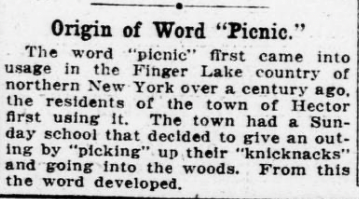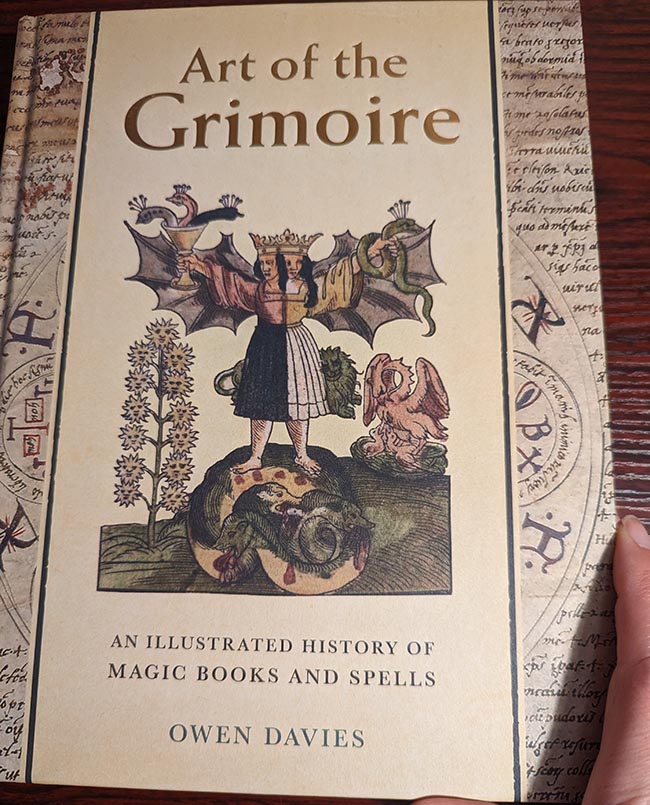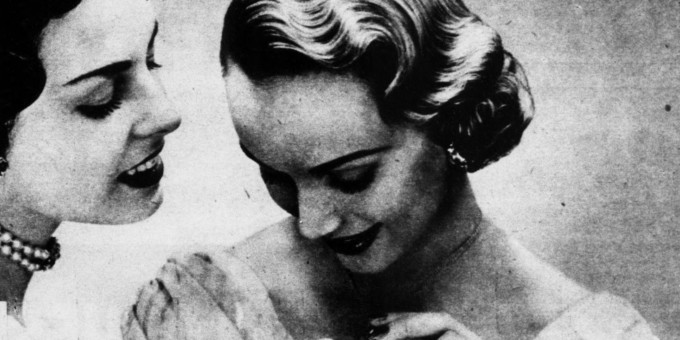
The history of lockets is fascinating, but first let’s define what a locket is.
A locket is a small pendant or necklace typically worn around the neck. It is usually made from gold, silver, or bronze and is often decorated with gemstones or other decorative elements.
Lockets have been around for centuries, and their popularity has waxed and waned over time. They are most commonly associated with love and remembrance and are often given to commemorate a special event or relationship.
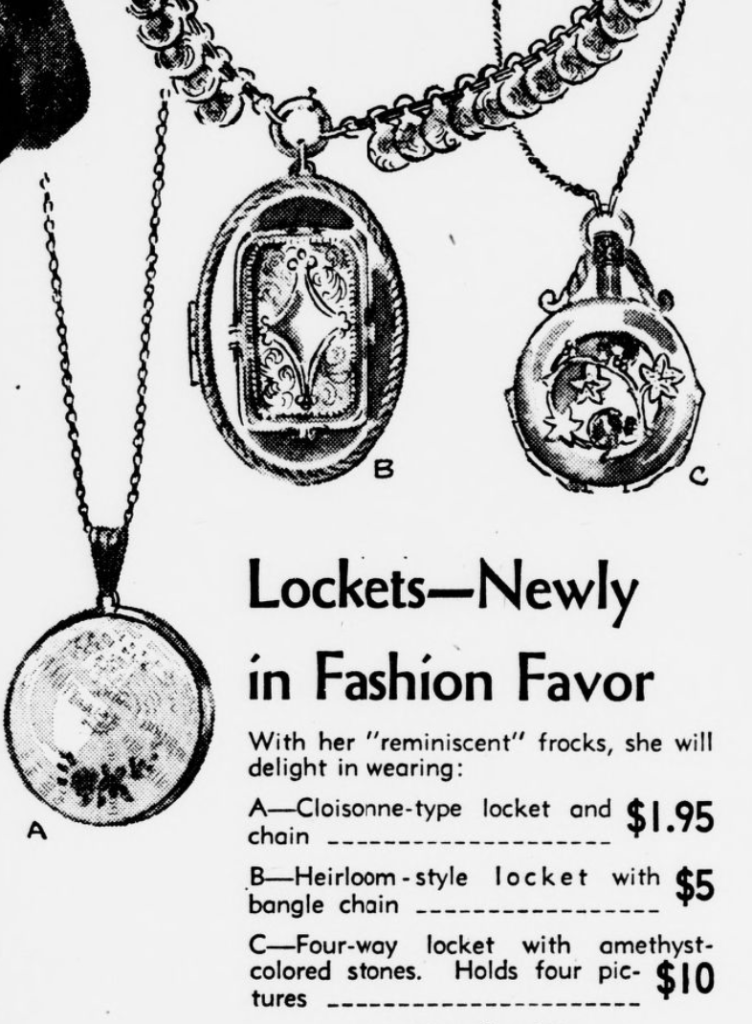
Locket Origin
The first lockets were magical amulets. The amulets were worn for protect the wearer from disease, poverty, the evil eye, and all-around bad luck.
By the 16th century, amulets evolved into lockets where magical scripts, charmed, and painted portraits could be safely stored and worn.
Lockets quickly became popular in Europe in the early 1800s. The jewelry was popular among the Victorian aristocracy and was often worn as a symbol of wealth and status.
Lockets lost popularity in the early 1900s but experienced a resurgence in the 1950s. They became popular among teenagers, who often wore them to symbolize love and friendship.
Lockets continue to be popular today and are regaining their original use as a magical tool.
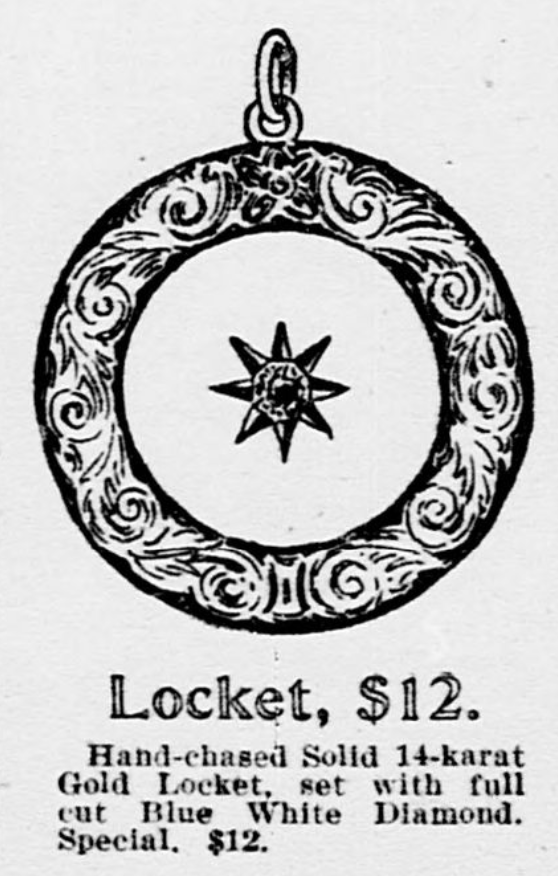
Types of Lockets
There are many different types of lockets on the market today. They come in all shapes and sizes and can be made from various other materials.
Here is a brief overview of some of the most common types of lockets:
1. Pendant lockets: Pendant lockets are the most popular locket type. They are typically round or oval and have a bail (or loop) that can be attached to a chain or necklace.
2. Locket necklaces: Locket necklaces are a type of pendant locket that come with their chain. This type of locket is popular with women who want to keep their locket close to their hearts.
3. Charm lockets: Charm lockets are similar to pendant lockets, but they have a hinged opening that allows you to insert charms or other small objects.
4. Memory lockets: Memory lockets are designed to hold photographs or other mementos. They typically have a clear front and a hinged back, which allows you to open the locket and view the contents.
5. Religious lockets: Religious lockets are popular lockets that feature religious symbols or images. They are often worn as a pendant or charm locket.
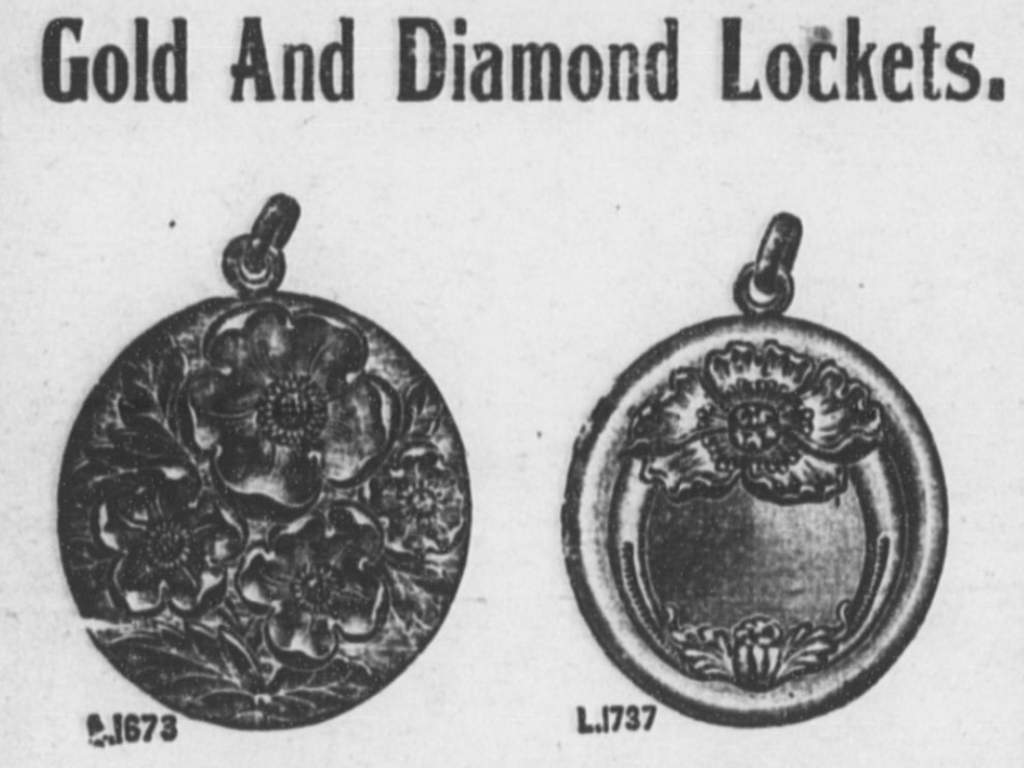
6. Vintage lockets: Vintage lockets are popular lockets that feature antique designs and styles. They are often made from precious metals and gemstones and can be pretty expensive.
7. Crystal lockets: Crystal lockets are popular lockets that feature sparkling crystals or gemstones. They are often used to display photographs or other sentimental items.
8. Photo lockets: Photo lockets are a type of locket that allows you to insert a photograph or other image into the locket. This type of locket is popular with parents who want to keep a photograph of their children close to their hearts.
9. Heart lockets: Heart lockets are popular lockets that feature a heart-shaped design. They are often used to display photographs of loved ones or other sentimental items.
10. Beaded lockets: Beaded lockets are popular lockets that feature beaded designs. They are often used to display photographs or other sentimental items.
How to Wear a Locket
There are many different ways to wear a locket, but the most common way is around your neck. You can also wear it as a bracelet, a belt, or even a hair clip.
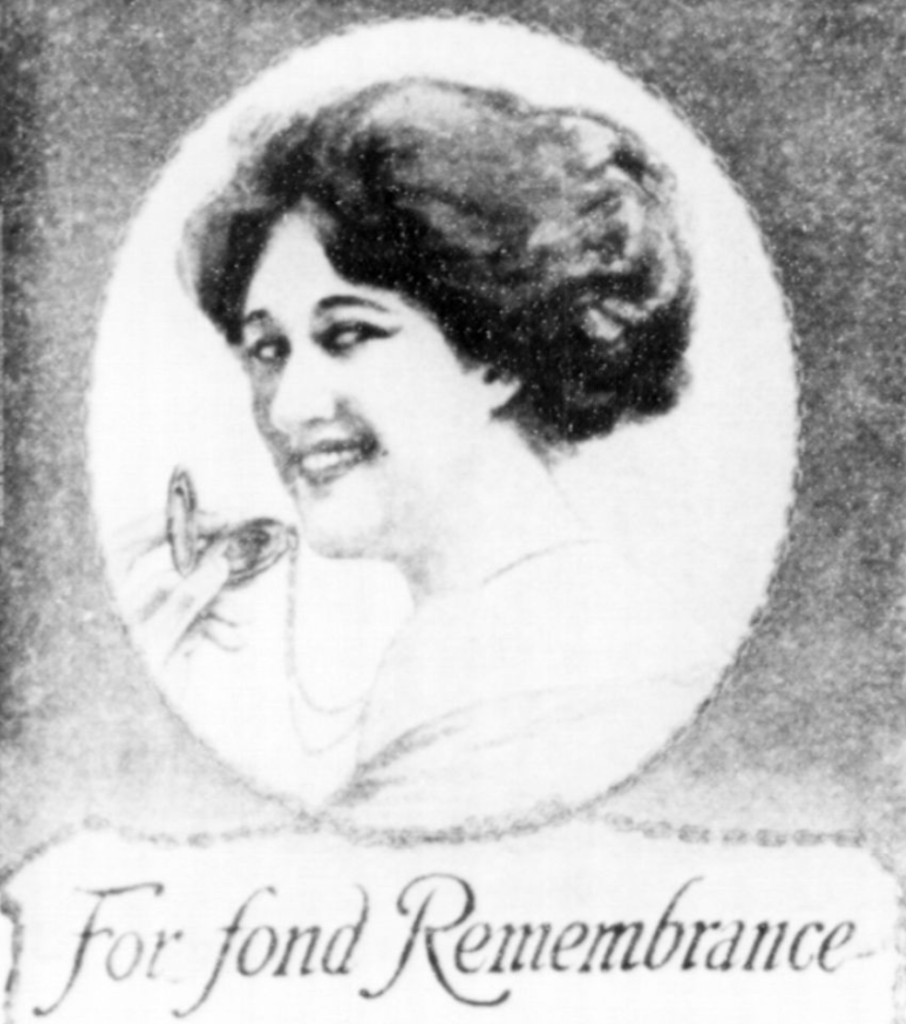
The Different Purposes of Lockets
Lockets are a popular type of jewelry that can be used for various purposes. The three most common purposes of lockets are a personal memento, a protective charm, and a symbol of love.
A personal locket is often given to someone to symbolize a personal memory or moment. For example, a parent may give their child a locket with a picture of the two of them inside to commemorate a special moment in their lives. Lockets can also be used to hold a lock of hair or a piece of jewelry as a keepsake.
By the 20th century, people began placing photos of actors in lockets, as seen in this story published in 1915:
“So completely absorbed was Martha in the worship of John Ward that she had painted a most beautiful miniature of the actor from a magazine photograph and wore it almost every hour of the day. The exquisite little locket lay against her heart..” [Source: Newark evening star and Newark advertiser. (Newark, N.J.), 22 Feb. 1915.]
Lockets are also often used as protective charms. Some people believe that wearing a locket can help protect them from harm. Some people also believe that wearing a locket that contains a picture of a loved one can help keep them safe.
Lastly, lockets are often used as symbols of love. Many couples choose to give each other lockets to symbolize their love for each other. Lockets can also be used to contain a picture of the couple or a lock of each other’s hair.
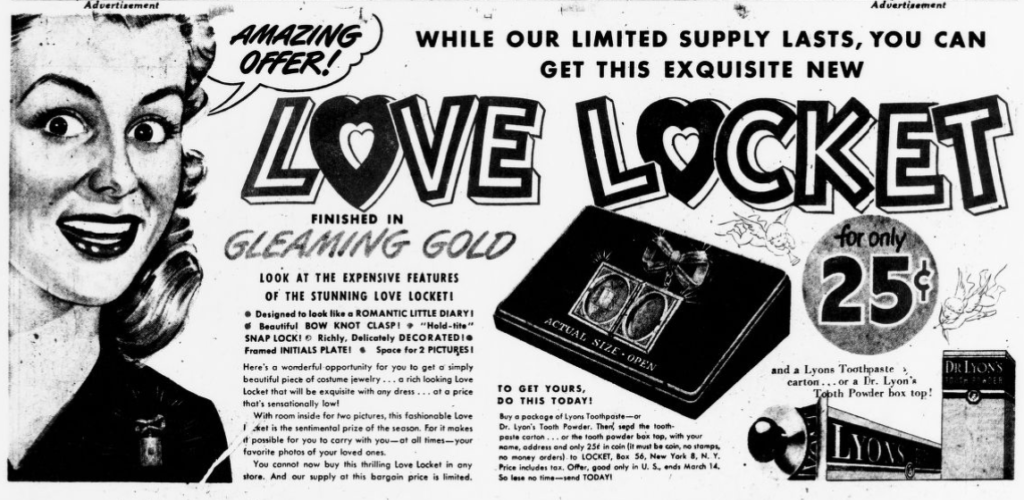
Some of the Most Famous Lockets from History
One of the most famous lockets from history is the one that belonged to Marie Antoinette. She wore it throughout her reign as queen of France, and it was later given to her daughter, Marie Therese. After the French Revolution, it was taken as a war trophy by Napoleon Bonaparte and given to his wife, Josephine.
Another famous locket is the one that belonged to Princess Diana. It was a gold and pearl locket that her mother, Lady Diana Spencer, gave to her shortly before her wedding to Prince Charles. After Diana’s death in 1997, the locket was given to her brother, Earl Spencer.
Another unique locket is the one that belonged to Abraham Lincoln. He wore it as a pendant on a gold chain around his neck. The locket contained a lock of hair from his son, Willie, who died of typhoid fever in 1862.
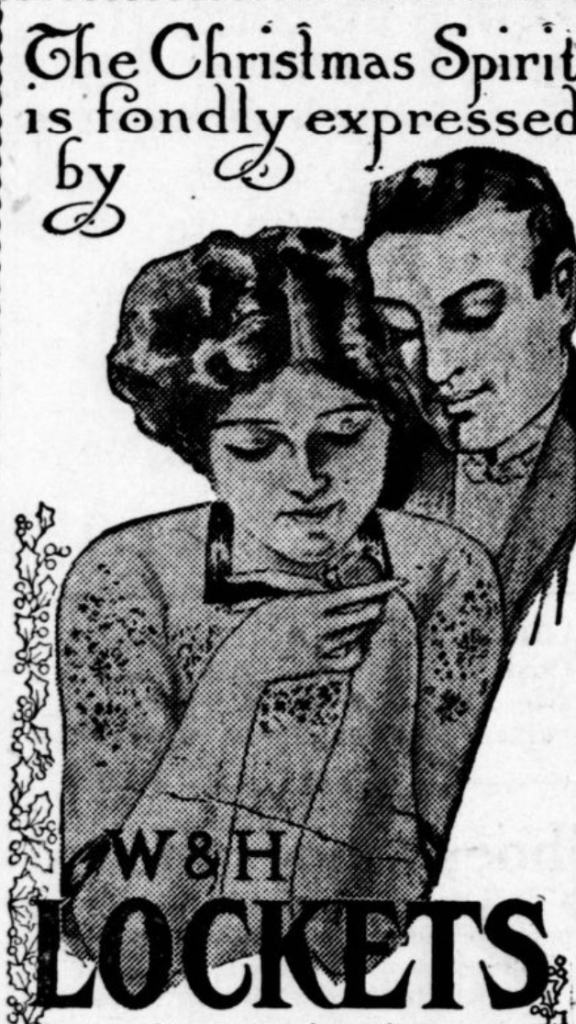
Symbolism of a Locket
There are many possible meanings associated with a locket, but one of the most common is that it symbolizes love and protection.
Lockets are often given as gifts to loved ones as a sign of affection, and they can also be used to protect loved ones from harm.
Some people believe that the power of the locket is enhanced if it is worn close to the heart.

